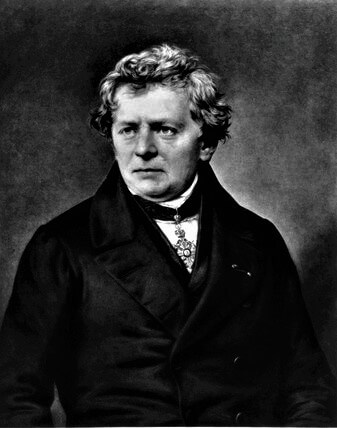Define One OhmWhat is Ohm?The electrical resistance unit is ohm. Named after Georg Simon Ohm, a German physicist who developed Ohm's law, which connects the current flowing through a conductor to the voltage across it and its resistance. The electrical resistance is a measurement of the opposition to the flow of electric current. Current flow decreases with increasing resistance and vice versa. This resistance in an electrical circuit is measured in ohms. The resistance of a circuit that results in a current of one ampere for every volt of potential difference is known as an ohm. When a continuous one-volt potential difference is given to two locations on a conductor and results in a one-ampere current flowing through that conductor, that conductor is said to have an electrical resistance of one Ohm. In other words, resistance is the quantity that restricts the flow of electric current to 1 ampere when subjected to a one-volt potential difference. One of the International System of Units' seven foundation units is the Ohm. 
Conversion of OhmFollowing are a few specific conversions from Ohm to other electrical resistance units:
Use the above conversion factors to go from one resistance unit to another. If you wish to convert 470 ohms of resistance to kilohms, for instance, you will divide by 1000: 470 ohms ÷ 1000 = 0.47 kΩ Power Functions to OhmOhm's law may be used to represent power (P) in an electrical circuit as a function of resistance (R), voltage (V), and current (I): P = V x I I represent the current flowing through the circuit, and V represents the voltage across it. We may also define power as a function of resistance alone by using Ohm's law and the formula for voltage, current, and resistance (V = IR): P = V x I = I2 x x R = V / R Where R is the circuit's resistance. This demonstrates that when the voltage is maintained constant, power is proportional to the circuit's resistance. Moreover, it demonstrates that the power wasted in the circuit reduces as the resistance of the circuit grows since the voltage is currently in the same power. What is 1 Ohm?In the International System of Units, the electrical resistance is measured in one Ohm (SI) unit. It is described as the resistance of a circuit when a voltage differential of one-volt results in an ampere-sized current. In other words, resistance is the quantity that restricts the flow of electric current to 1 ampere when subjected to a one-volt potential difference. The symbol ohm designates the Ohm. Symbol of OhmThe unit of electrical resistance is symbolized by the Greek letter omega (Ω), which is frequently used in physics and electrical engineering. Georg Simon Ohm, a German physicist who developed Ohm's law, which explains the relationship between electrical current, voltage, and resistance in a circuit, is remembered by the symbol. Realization of Standards of OhmUsing a resistance standard allows for the realization of the ohm standard unit. A precise tool called a resistance standard offers a known and stable electrical resistance value, usually at a specific temperature. The Ohm is realized using a variety of resistance standards, such as:
The International System of Units (SI) relies on realizing the Ohm since it is the foundation for measuring all electrical quantities. The Ohm is realized using the most precise and durable resistance standards, which are periodically calibrated against one another to ensure their accuracy and durability over time.
Next TopicDefine 1 Watt of Power
|
 For Videos Join Our Youtube Channel: Join Now
For Videos Join Our Youtube Channel: Join Now
Feedback
- Send your Feedback to [email protected]
Help Others, Please Share









